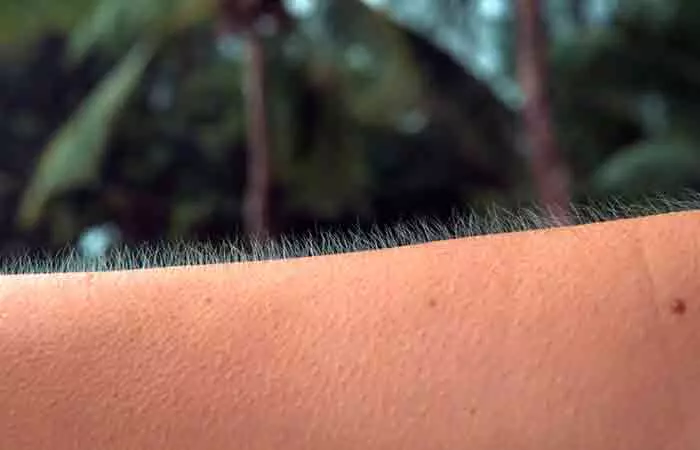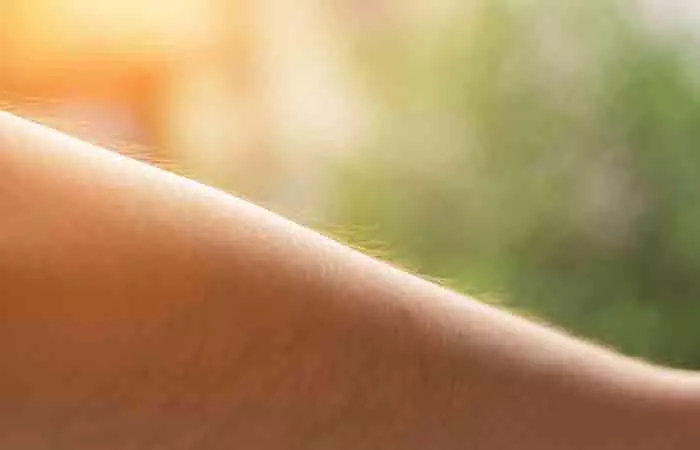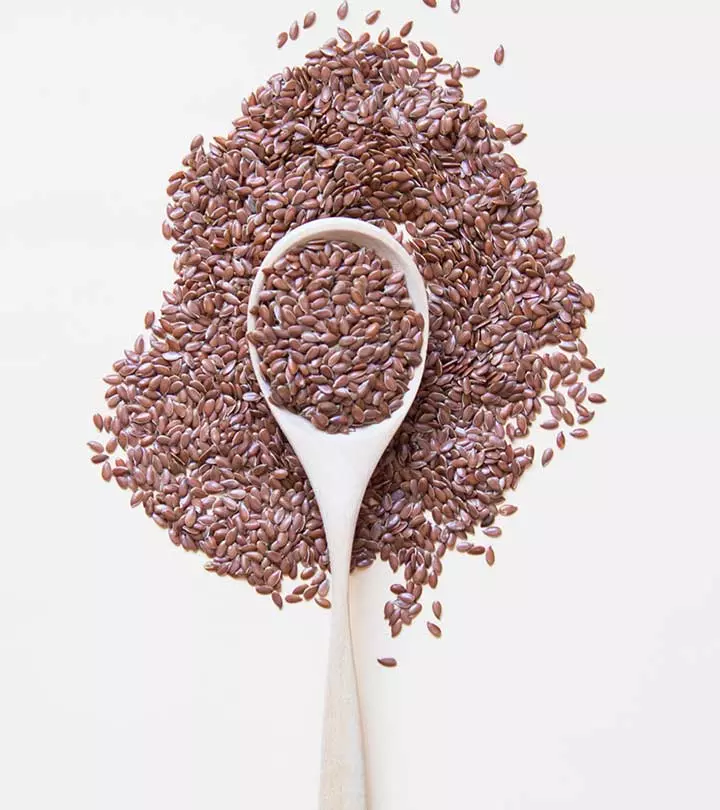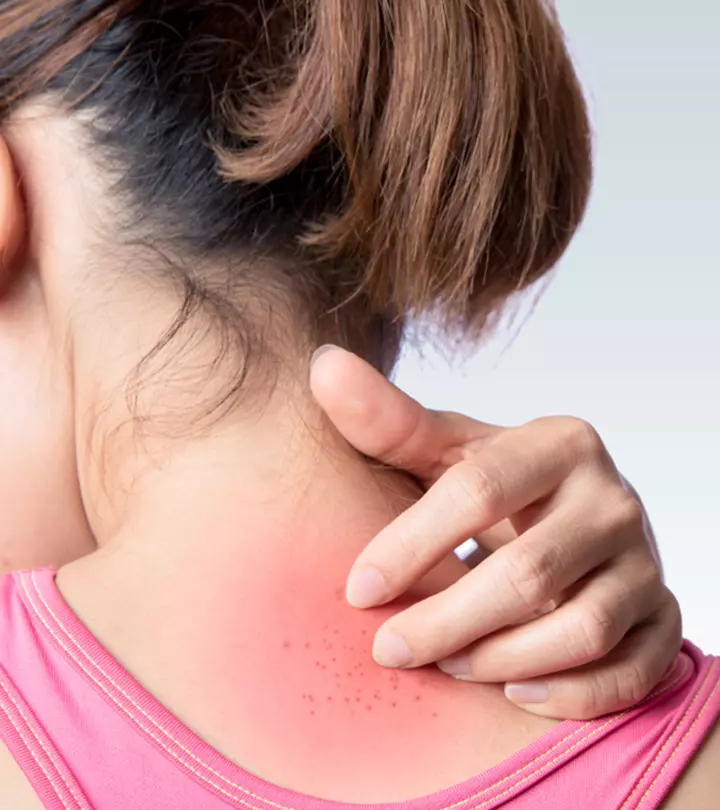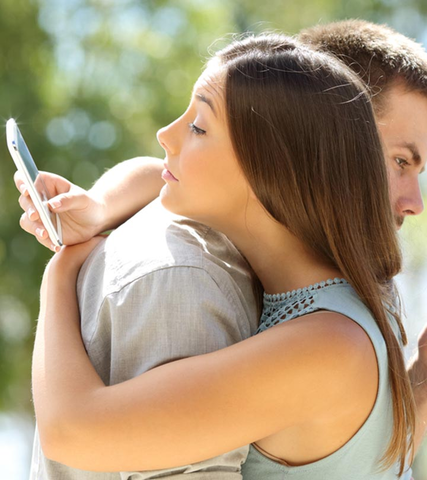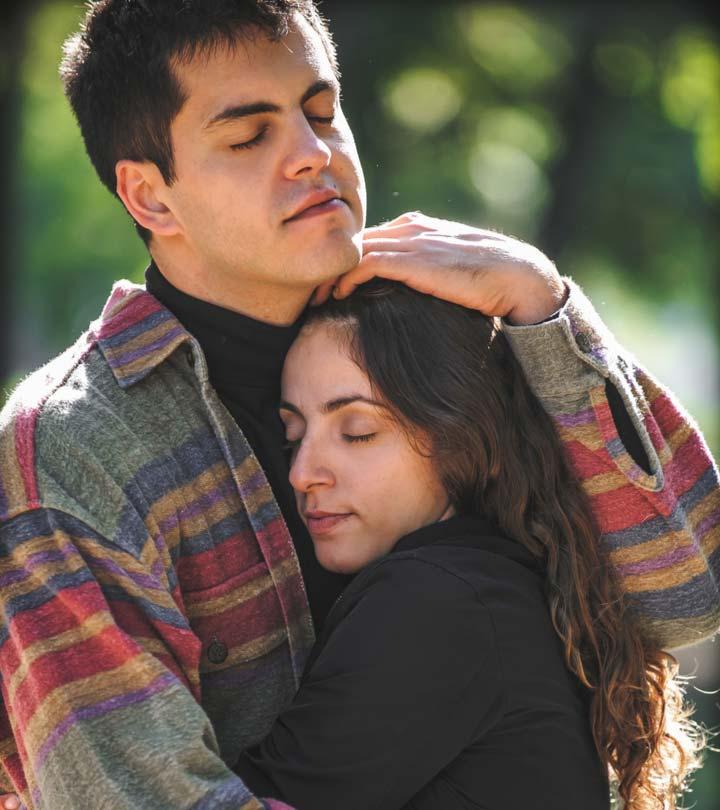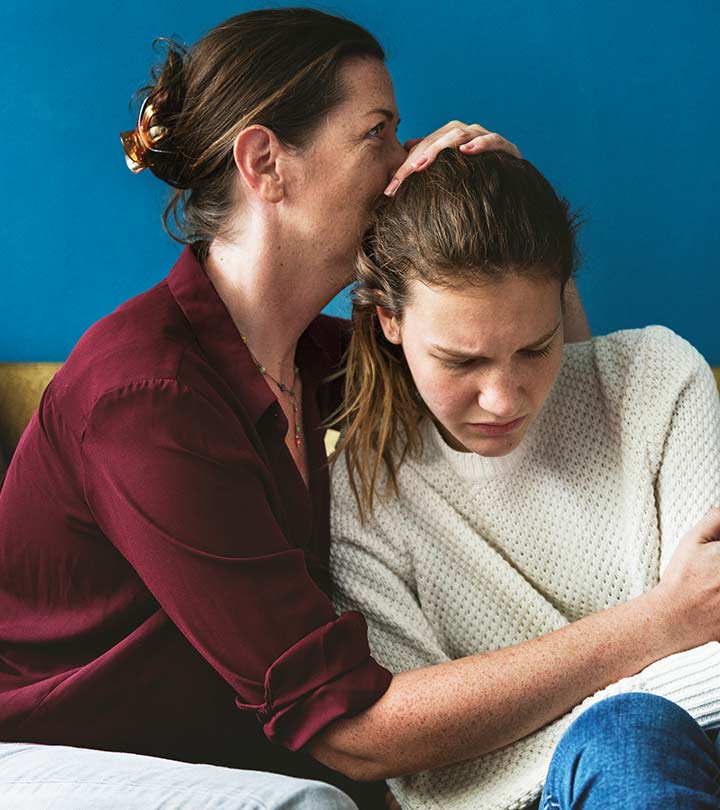Why Do We Get Goosebumps? The Science Behind It
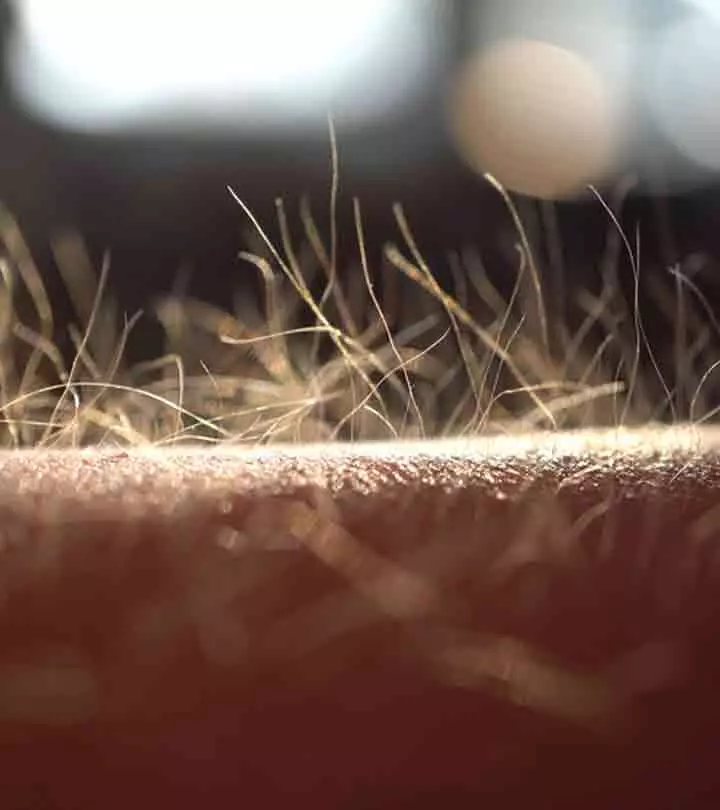
Image: Shutterstock
It is safe to say, at one point or another, we have all experienced goosebumps. Remember when the tiny hair on your body rose up, awakening your ‘Spidey-Senses’? Ok, maybe saying Spidey-Senses is a bit of an exaggeration, but we all know what it feels like. They mostly appear out of nowhere and make our skin tingle. But the question is, why do goosebumps occur? If you have even been intrigued by this and want answers, you are at the right place. In this article, we have explained why we experience goosebumps and what triggers them. Scroll down to learn more!
In This Article
1. Evolutionary Shivers
A long time ago, our ancestors who were likely clad in tree barks and leaves must have faced chilly nights in the wild. As a defense mechanism, when the temperature dropped, their body hair would stand, trapping a layer of air for insulation (1). While humans today don’t have the amount of body hair our ancestors did (thankfully), our ancient instincts still trigger this response when we experience cold temperatures, giving us the modern-day goosebumps.
2. Spooky Sensations
Be it horror movies or eerie tales, spine-chilling stories have a way of making our skin crawl (quite literally!). When we experience fear or anticipation, our body releases adrenaline, triggering our fight-or-flight response (2). This not only sharpens our senses but also causes our skin to form goosebumps.
3. Emotional Rollercoasters
Strong emotions like excitement, surprise, or even nostalgia can also give way to goosebumps (3). Whether you’re watching a breathtaking sunset, attending your favorite concert, or reminiscing on cherished memories, your body might surprise you with goosebumps.
4. Tickles
Did you know that being tickled can also lead to goosebumps? Tickling activates the nerves under the skin, triggering sensations that can generate both bursts of laughter and goosebumps (4). It’s like a tug-of-war between the urge to laugh and the tingling sensation under your skin.
5. Thrill
If you’re an adventurous soul, you may have noticed that certain activities give you goosebumps more often than others. Activities like bungee jumping and riding a rollercoaster can trigger it. When we engage in such exhilarating activities, our bodies respond to them by releasing hormones like endorphins and adrenaline (5). These chemical reactions not only heighten our senses but also send shivers down our spine in the form of goosebumps.
6. Appreciation
Who could have guessed that appreciation could also trigger goosebumps! The beauty of the world around us has the power to evoke profound emotions and, in turn, cause goosebumps. From witnessing the wonder of a starry night sky to admiring a masterpiece in an art gallery, these moments often leave us with goosebumps as a reminder of the extraordinary beauty we are a part of.
7. The Tingly Feeling
While we often associate goosebumps with cold temperatures, they can also be caused by a touch or sensation. Think about the feeling of raindrops on a hot summer day or a cool gentle breeze touching your skin. These sensations can create a tingling effect, resulting in goosebumps.
8. The Power Of Empathy
Did you know that goosebumps can also be triggered by acts of kindness? When we witness a heartwarming moment or an act of selflessness, our brains release oxytocin, which can bring about strong emotions. As our emotions surge, our bodies respond to it with goosebumps. It reminds us to cherish the beauty of human empathy.
9. Musical Marvels
Have you ever listened to a melodious or powerful song, and it gave you goosebumps? If you have, you will now know why it happens. Music has the power to stir our emotions, and is often accompanied by goosebumps. When we hear a breathtakingly powerful vocal performance, our brains release dopamine, and make our skin react with a thrilling display of goosebumps (6).
10. ASMR
Autonomous Sensory Meridian Response refers to the tingling sensations we experience in response to kinds of stimuli. It could be caused by many things including soft whispers, gentle tapping, or even slow movements. While the science behind ASMR is not fully explored, it shows that our bodies can respond to sensory stimuli in unique and delightful ways.
So, now that you know what causes goosebumps, you will be able to appreciate this fascinating phenomenon when you experience it next. Our bodies are truly remarkable, and goosebumps serve as a reminder of the many surprises they hold. So, what are the most common scenarios that give you goosebumps? Share your hair rising experiences in the comments section!


